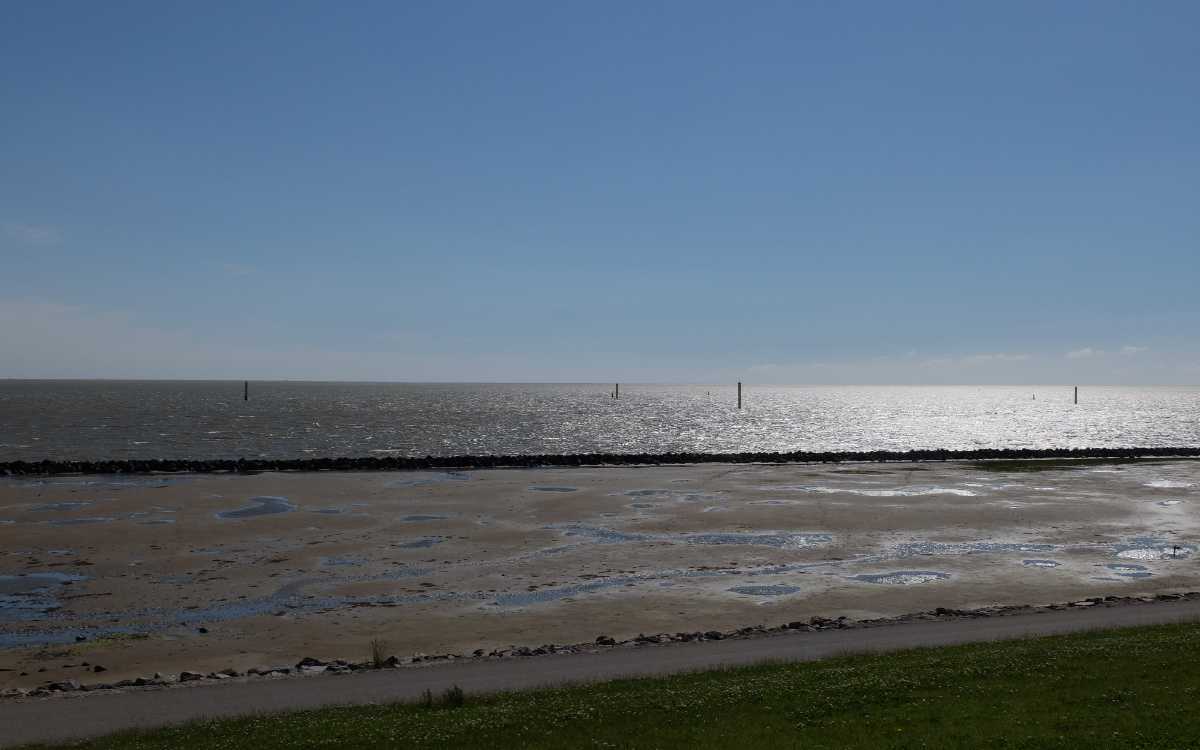On Ameland, the Dutch company SeaQurrent has started setting up the test location for the TidalKite. In the first weeks of July, the piles for the pilot setup were placed in the seabed and a casing pipe was laid under the Waddendijk.

SeaQurrent® is developing an innovative sustainable energy generator, the TidalKite™. After several years of testing with various scale models - at MARIN and in the Wadden Sea - Tidal Power Station Waddenzee has now started the demonstration of the TidalKite near Ameland. The test location has been set up and the grid connection from the Wadden Sea to the mainland has been further prepared.
How does the TidalKite work?
The TidalKite underwater kite has a simple but robust design and is packed with smart electronics and software. The TidalKite is anchored to a ‘monopile’ in the seabed with a high-tech cable and flies a kite underwater perpendicular to the current. The generated pulling power drives a hydromotor, which turns a generator, thus generating green electricity. The TidalKite consists of several wings placed one behind the other. This, in combination with the kite trajectory, means that the TidalKite is able to cover a large surface area and ‘3D harvest’ the largest possible amount of energy from it. The high energy yield makes the TidalKite ideally suited for utilizing the flowing water in channels between the Wadden Islands.
The TidalKite is safe for marine life and soil
Shaping the energy transition in a good balance with nature is essential for the conservation of the unique Wadden Sea area. The entire TidalKite system has been designed in such a way that it can be used in an ecologically responsible manner. Research and observations from previous tests in the Wadden Sea, by the University of Groningen and by ecologists, confirm this.
Electricity from tidal currents
Tidal energy is available daily. It is an important addition to electricity production from sun and wind and can be efficiently integrated into the existing electricity network. This way, the electricity grid on the Wadden Islands can be used optimally and the infrastructure to the mainland can be limited. The TidalKite can be placed close to the coast. This limits the length of the required electrical cables. Furthermore, installation and maintenance of the system is relatively simple and specialist, expensive vessels are not required. One TidalKite produces a lot of electricity in relation to its weight and can be perfectly optimized for the almost constant flow conditions in the Wadden gullies. This all has a positive effect on the costs of the electricity generated. The TidalKite contributes to sustainability without taking up scarce land space. The system functions completely underwater, which preserves the unique, vast landscape and the attractiveness of the Wadden area.
Wadden Sea tidal power station
One TidalKite generates enough electricity to supply up to 700 households with green energy for a year. TidalKites in the channels between the Wadden Islands can provide approximately 70% of the total electricity consumption of the islands and approximately 20% of the households in the Wadden Coast municipalities. Tidal power plant Waddenzee was founded by SeaQurrent to make tidal energy available to the Wadden Islands and the Wadden Coast municipalities, to make them more sustainable by collaborating with local energy cooperatives, encouraging co-ownership and supplying electricity to residents through the cooperatives.
The TidalKite is developed by SeaQurrent in collaboration with its partners. The demonstration of the TidalKite by the Wadden Sea Tidal Plant near Ameland is made financially possible by the Wadden Fund.




